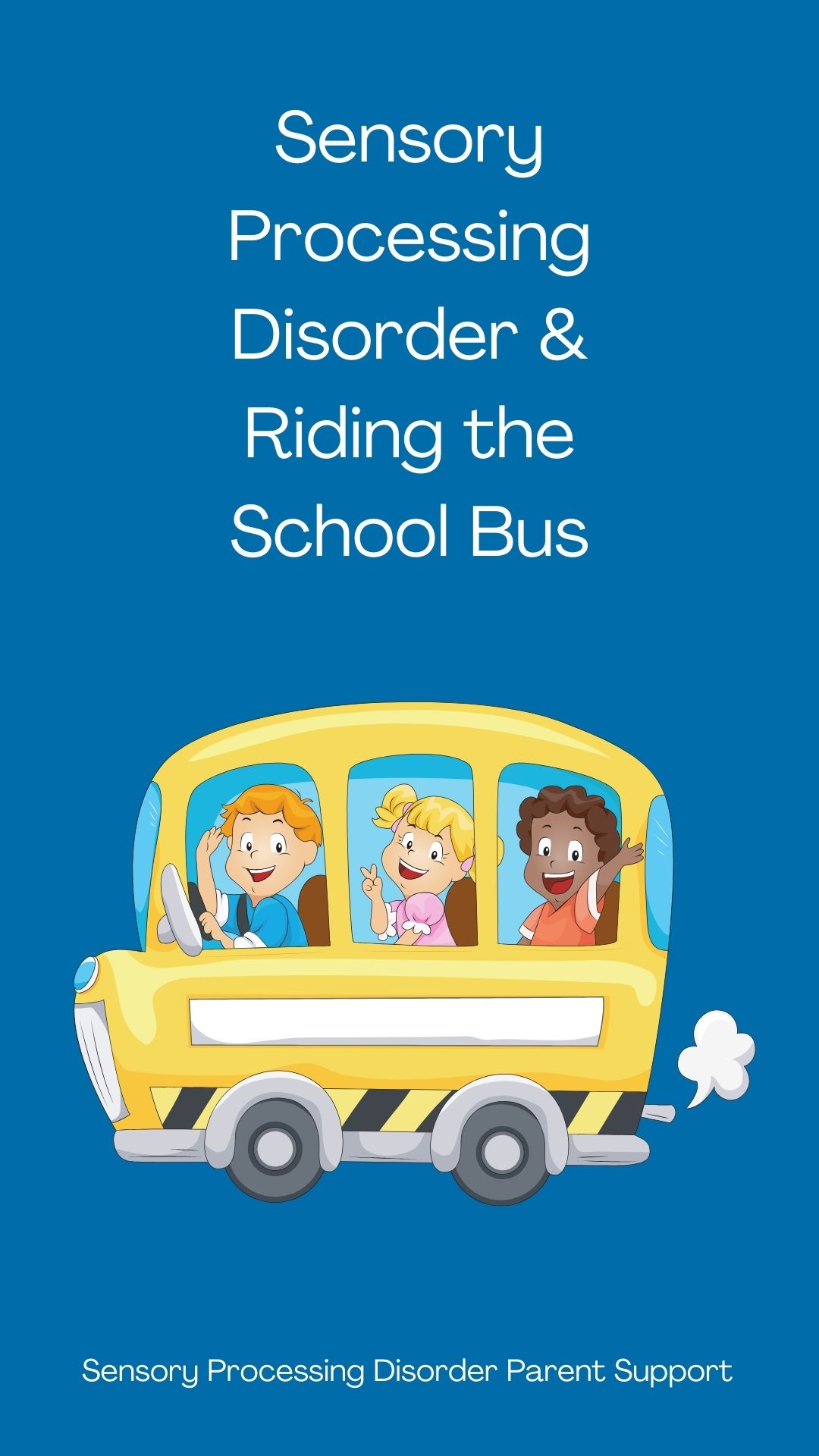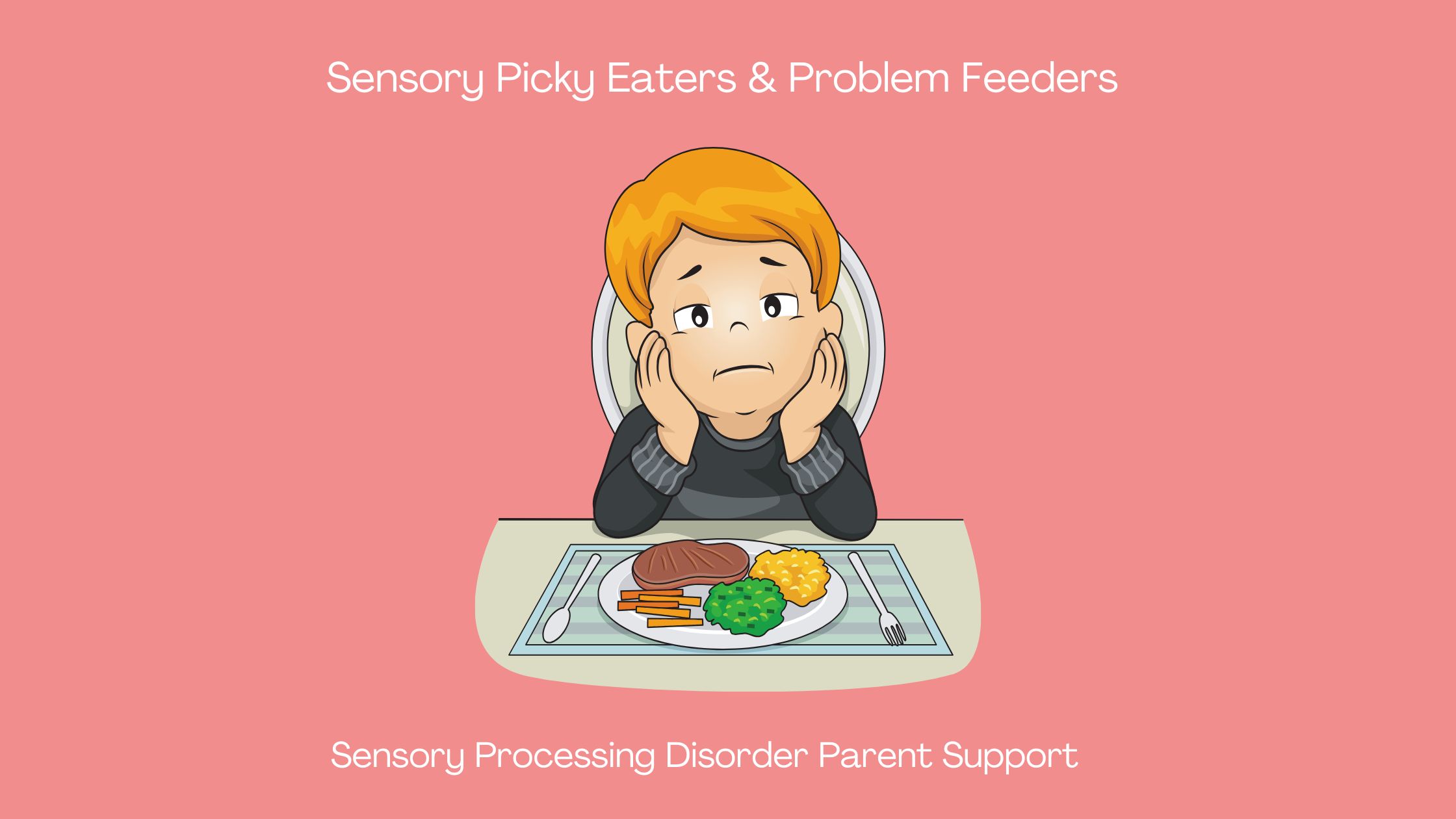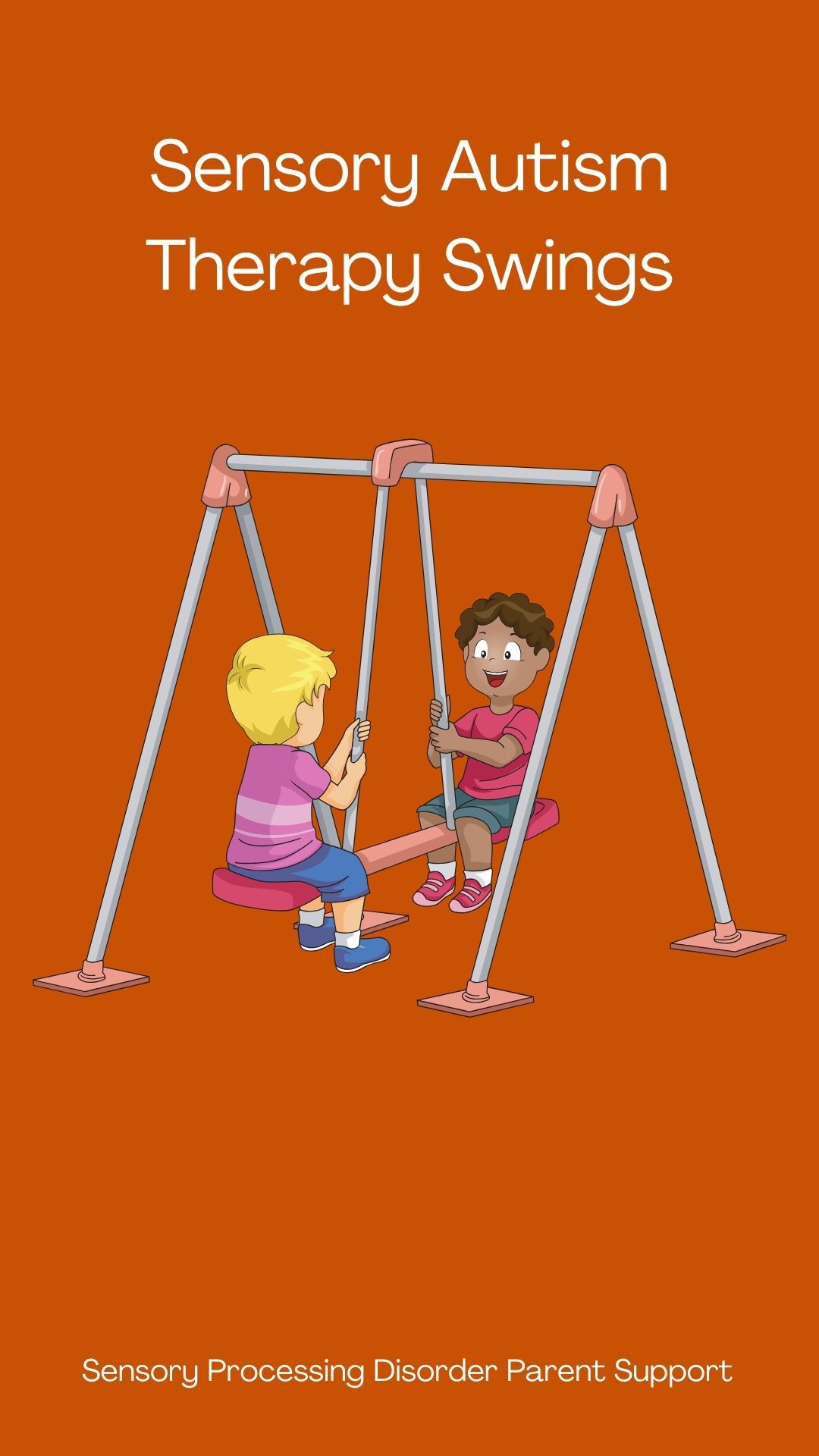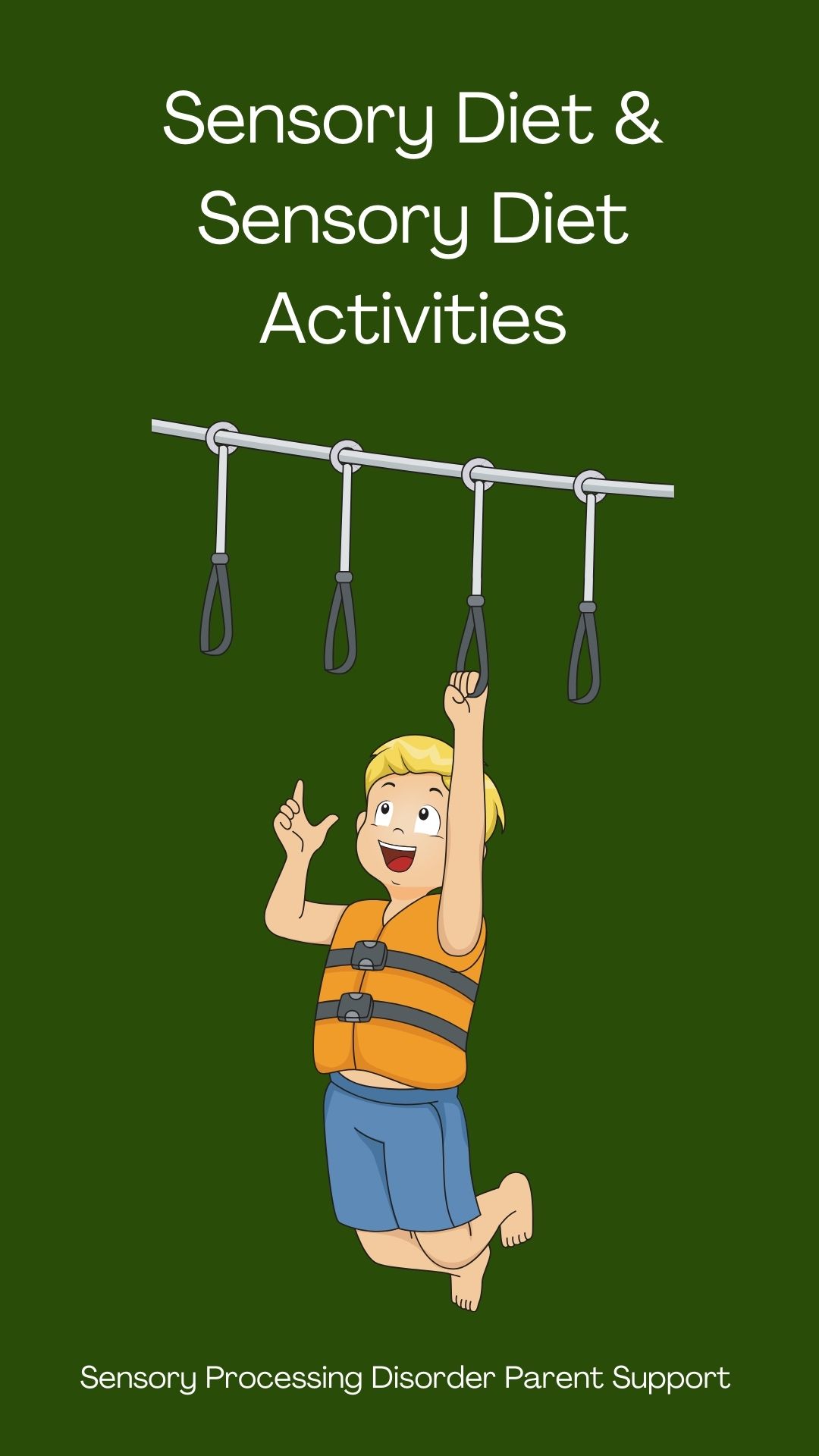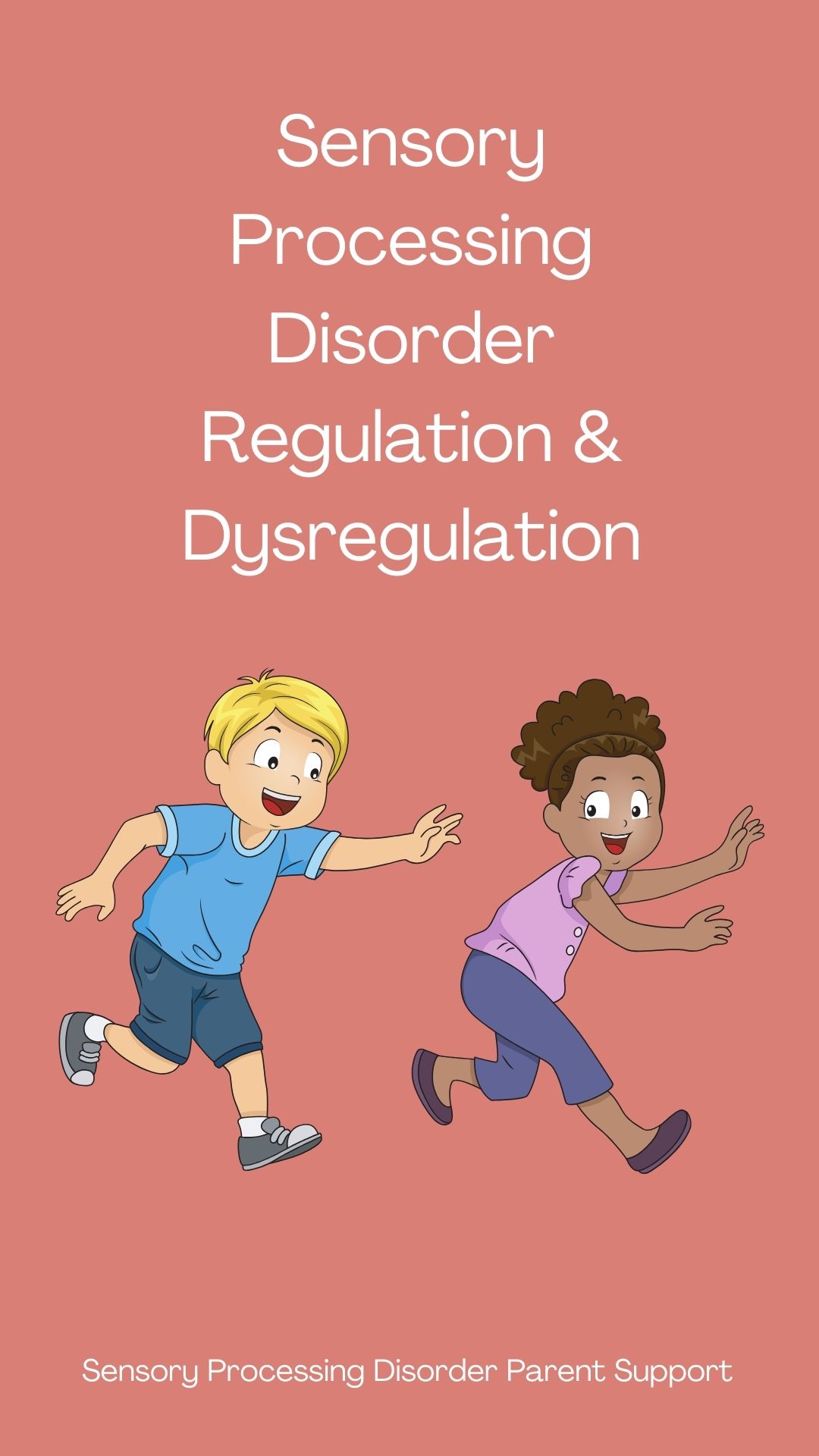Picky eating can even lead to a condition called Avoidant/Restrictive Food Intake Disorder (ARFID) Children have such a restricted diet that it impacts their growth and development.
Picky eating is used to describe children who have a limited or selective diet because children refuse to try new foods or different food groups. This can be a frustrating and challenging for parents because they struggle to provide their child with a nutritious diet. It's not just a matter of being stubborn or difficult but because of their child's sensory processing disorder.
When a child has sensory processing challenges they may have an over or under-sensitive response to sensory input. This can result in sensitivities to different tastes, textures, or smells. A child with sensory issues may find different textures like mushy or crunchy foods overwhelming and not appealing.
Child who have sensory differences can be overly sensitive to strong smells or tastes. This can make it challenging for parents to introduce new or unfamiliar foods into their child's diet. These children may become labeled as picky eaters but they are struggling with sensory difficulties.
It is very important to understand that picky eating is not just a phase that will pass. Sensory issues can be a real challenge for children and it's very important to acknowledge and address them. Seeking help from a pediatrician can provide parents with a better understanding of their child's sensory difficulties and how it affects their eating.
When trying to introduce new foods to picky eaters with sensory issues. Forcing or pressuring a child to eat a particular food can often have the opposite effect and cause more significant resistance and anxiety towards that food. Instead, parents can try introducing new foods gradually in small portions in a supportive way.
Parents can work with their child's therapist or doctor to create a food plans. This can involve gradually introducing new foods, incorporating preferred foods into meals and making meal times a positive experience.
Children with sensory processing disorder are not just being difficult or stubborn. They will need a lot of love, support and understanding to work through their food challenges.
Signs or Symptoms of Sensory Based Food Intolerance:
Texture - Child may avoid touch to hands or mouth smooth, moist, creamy; but may crave crunchy, sour, spicy
Visual - Many children are 'yellow food' eaters; French fries, pasta chicken nuggets
Oral Motor - Low oral muscle tone, weak lip, cheek, or jaw muscles
Smell - Some food smells
Temperature - Avoidance or preference for hot, warm, room temperature, cold
Regulation - Difficulty accepting new food based on taste, texture, what it looks like, rigid temperament; children that find what they like and it works for them so they figure why change it
Behavioral - Some children who are sensory defensive in other aspects of their lives learn secondary behaviors in order to cope. They are control seekers so they can manage their environments and not have to be faced with unexpected challenges. This behavior may carry over to meal time.
Common signs of picky eating or problem feeding
Eating a limited amount and type of foods
Refusing certain foods, especially fruits and vegetables
An unwillingness to try new foods
A strong preference for specific foods
Preferring to drink milk or juice instead of eating
Snacking instead of eating proper meals
Preferring fatty foods and sweets
Difficulty swallowing
Painful swallowing
Choking or coughing while swallowing
Complaining of pain while eating
Diarrhea and/or vomiting
Food allergies or sensitivities
Failure to thrive
If you are concerned about your child please always consult with your child's doctor or medical team about your concerns.
